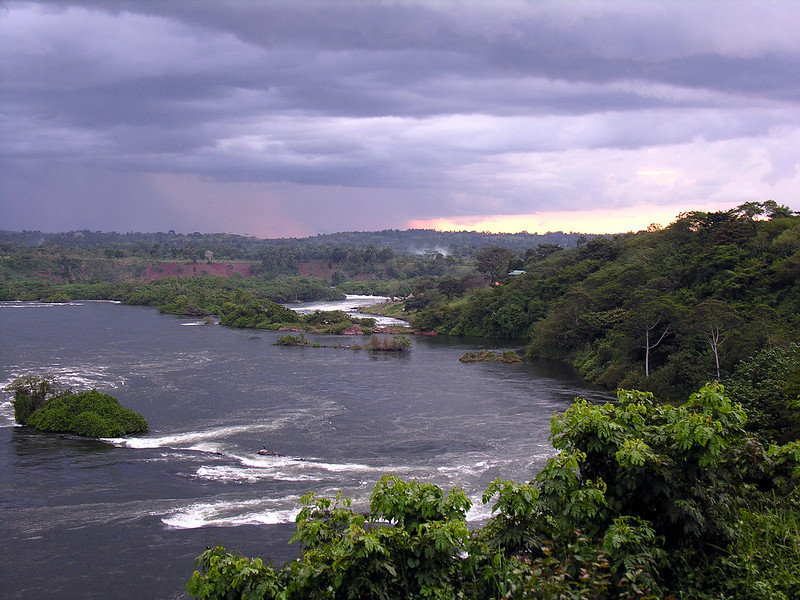Discover the Best Time to Visit East Africa: A Treasure Trove of Natural Wonders
Discover the Best Time to Visit East Africa, East Africa is a breathtaking region renowned for its unparalleled beauty. Diverse wildlife, and vibrant cultures. From the iconic savannahs of Kenya and Tanzania to the lush rainforests of Uganda and Rwanda. East Africa offers a remarkable range of experiences for adventurous travelers. To make the most of your visit, it’s essential to consider the best time to explore this stunning corner of the continent. Let’s delve into the seasons and climatic conditions. That will ensure a truly unforgettable East African adventure.
The Dry Season:
June to October The dry season is widely regarded as the prime time to visit East Africa. It extends from June to October, encompassing the region’s winter months. This period offers near-perfect weather conditions, with clear skies, minimal rainfall, and moderate temperatures. These favorable conditions are particularly appealing for wildlife enthusiasts. As animals gather around water sources, making game drives and safari experiences truly exceptional. Witness the annual wildebeest migration in the Masai Mara (Kenya) or the Serengeti (Tanzania). Or embark on thrilling gorilla trekking adventures in the rainforests of Uganda and Rwanda.
Shoulder Seasons:
March to May & November to mid-December East Africa’s shoulder seasons. Which fall from March to May and from November to mid-December. Offer unique advantages for travelers seeking to explore the region. While these months mark the transition between the dry and wet seasons, they provide exciting opportunities for nature enthusiasts and those looking to avoid crowds. During the shoulder seasons, you may benefit from discounted rates on accommodations and encounter fewer tourists in popular national parks. However, it’s worth noting that rainfall can be intermittent, and certain areas may become inaccessible due to muddy roads. Nevertheless, if you’re a budget-conscious traveler or seek a more intimate experience with nature, the shoulder seasons can be an excellent choice.
The Wet Season:
November to April The wet season in East Africa spans from November to April, varying slightly across different countries. While rainfall is more frequent during this time, it doesn’t mean that travel is entirely discouraged. In fact, the wet season brings lush green landscapes, blooming flowers, and a surge in birdlife, creating a picturesque setting for nature enthusiasts and photographers. Moreover, this period is ideal for visiting destinations like the Ngorongoro Crater in Tanzania or the Amboseli National Park in Kenya, where wildlife viewing is exceptional year-round. Just be prepared for occasional showers and keep in mind that some roads and remote areas may be challenging to access.
Cultural Celebrations:
When planning your visit to East Africa, it’s worth considering the vibrant cultural celebrations that take place throughout the year. Festivals such as the Maasai Mara Cultural Festival (Kenya), the Ngorongoro Marathon (Tanzania), and the Gorilla Naming Ceremony (Rwanda) offer immersive experiences to engage with local traditions and customs. These events provide a deeper understanding of East African cultures and add an extra layer of richness to your journey.
East Africa beckons travelers with its remarkable landscapes, abundant wildlife, and captivating cultures. While the region visited year-round, understanding the distinct seasons and their implications will help you tailor your itinerary to your preferences. Whether you opt for the dry season to witness awe-inspiring wildlife migrations, the shoulder seasons for fewer crowds and budget-friendly travel, or the wet season for lush greenery and cultural experiences, East Africa promises a wealth of unforgettable memories. Embark on your East African adventure and immerse yourself in the breathtaking wonders of this remarkable part of the world.

